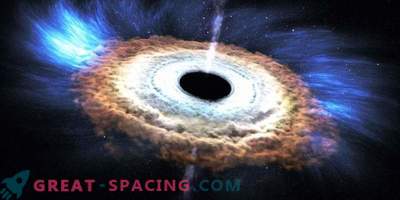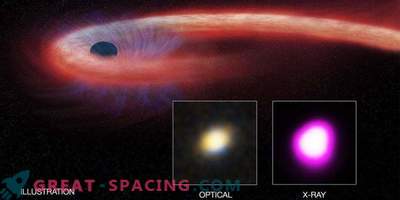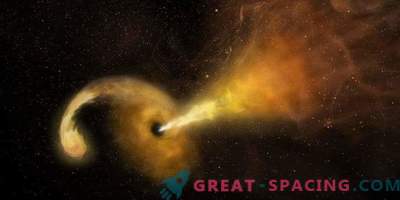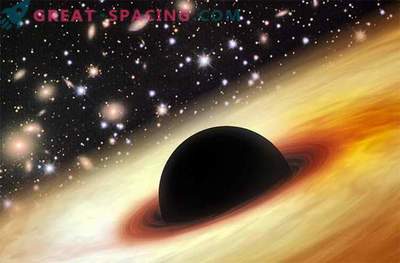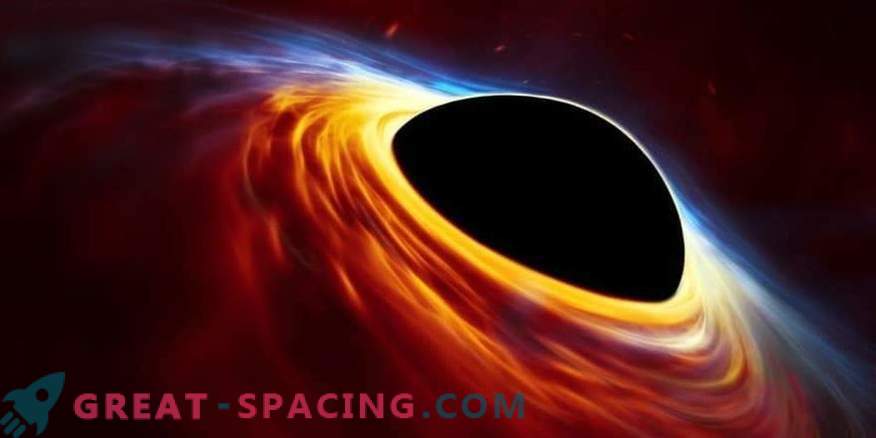
After the discovery of the brightest (as it is believed) supernova in the entire history of observations, its outbreak in the center of a distant galaxy is gaining more sinister momentum. It turned out that this is a star that is being sucked in by a monstrous black hole.
As is known, supermassive black holes are located in the suppressive centers of most galaxies. Of course, if there is the necessary material there: dust, gas, stars, planets or aliens. But they rarely “eat” calmly. Using the example of a galaxy distant from Earth by 4 billion light-years, we saw the unfortunate star deviate too close to a rapidly rotating giant black hole in the center of the galaxy, mixing in a kind of star cocktail. Discovered by the All Sky Automated Survey for SuperNovae project (ASAS-SN), in 2015, it was recorded as the brightest supernova star ever seen. But now researchers doubt whether it was a supernova or whether it indicates one of the most destructive events known in the Universe. The event called ASASSN-15lh was so bright that it exceeded by 20 times the total light output of our galaxy. And this put her definition into question.
“We watched it for 10 months after the event and decided that it was hardly an unusually bright supernova,” said Yorgos Leludas from the Weizmann Institute, Israel. “Our results suggest that the reason was a rapidly rotating supermassive black hole, destroying a little massive star.”
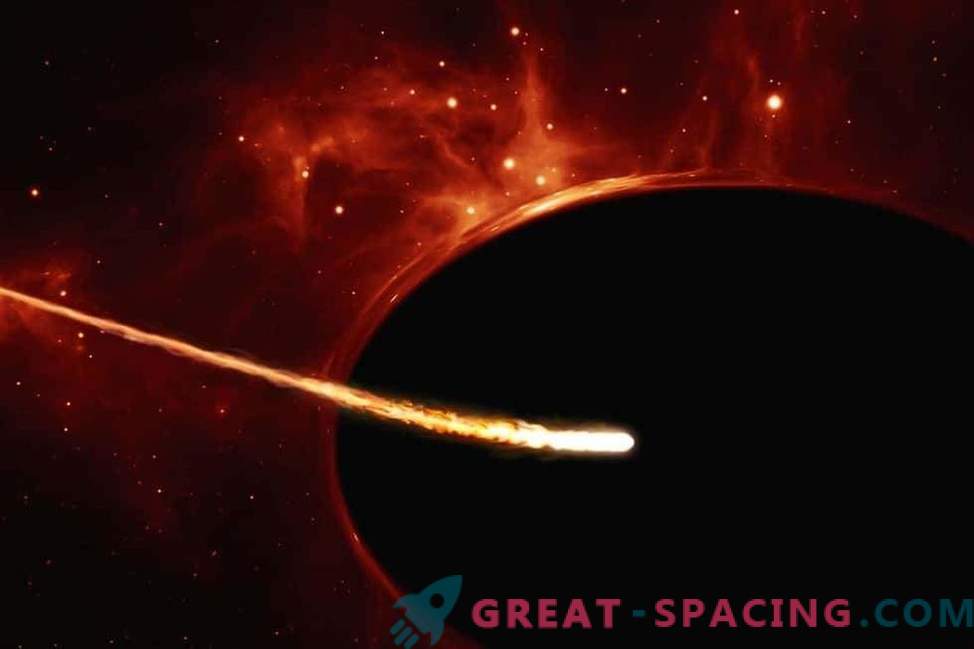
Known as the “tidal destructive event”, ASASSN-15lh was caused by a star stuck in a gravitational well black hole. Then the extreme tidal forces created an incredible shift through the star, completely distorting it. This process is called “spaghettification”. He pulls out the stellar material, turns it into a long ribbon that wraps around a black hole, dragging gases into its event horizon (a point from which even light cannot escape). During this time, relativistic forces transform a huge amount of matter into pure energy, creating a record explosion. And it took 4 billion light years for terrestrial telescopes to see it. This means that the event occurred when the universe was only about 10 billion years old. But this is such a long distance that we need further clear observations to confirm it. After using ASAS-SN, the researchers switched to the Very Large Telescope (VLT), Paranal Observatory ESO (European Southern Observatory) in Chile, New Technology Telescope (NTT) Observatory La Silla (also ESO) and the commercial Hubble telescope. For 10 months, the object went through various phases and tore the star into pieces. In addition, the explosion occurred in a red massive galaxy, where the appearance of supernovae is unlikely. Ultra bright supernovae appear in blue dwarf galaxies.
Although the tidal event is the most likely option, it should be a specific type. It turns out that a hole 100 million times larger than the solar mass eats stars and at the same time rotates rapidly. Kerr's black hole (as it was called) will rip anything that gets too close.



